This series is written by Erik van Mechelen, based on the Octalysis framework by Yu-kai Chou.
A reminder about Core Drive 2: Development & Accomplishment
I like how simply Yu-kai puts CD2 in his book:
Development & Accomplishment is the Second Core Drive of the Gamification Framework Octalysis.
This is the Core Drive where people are driven by a sense of growth towards a goal and accomplishing it.
He also uses an example from the early days of social media to describe how bells and whistles weren’t working as people expected. Points, badges, and leaderboards were the vanity metrics of online publishing:
What most people didn’t recognize then was that social media is much deeper than simply possessing and posting on profile accounts. That’s just the outer shell of its influence and impact. We now know today that great social media campaigns focus on how to create value for the audience by sharing information that is insightful and engaging; has a personal voice; engages and sincerely interacts with each potential customer; and much, much more.
In essence, the beauty of social media was in how you designed and implemented a campaign, not in the bells and whistles you’ve used. It was the informal and formal dialogue you had with your community that ultimately taps into the platform’s unique possibilities.
There’s quite a bit more to consider, especially when considering how to use CD2 in a lifestyle design, but first let’s look at what not to do from a real-life example…my own.
The vanity metrics of writing
“Write everyday” is advice many writers will give new writers. If you’re not writing, how can you be improving. Writing frequently is surely a viable (if not the best) path to being a great writer.
This is good advice up to a point.
I followed this advice and kept word-count goals. I felt pretty good about my streaks of weeks and months of writing every day.
But nothing really happened. I wasn’t getting that much better at writing just by typing. I sought advice.
Then I realized it depends on what you mean by writing.
Because the next piece of advice that hit home was this:
All writing is rewriting.
In order to rewrite something, you must have written something. I slowly started to understand that speed of writing mattered so much less than my ability to write well and then pick apart what I’d written to improve it even more.
I felt foolish for writing 10,000 or even 15,000 words in a single day (and being proud of it). Once, I wrote 17,000 words in one day and thought I was some sort of writing god.
But typing does not equal being a better writer or a better storyteller, two aspects of being a great novelist.
Kids don’t care either
In the last post in this series about Epic Meaning & Calling, I wrote about my experience doing Reading Partners.
In the classroom, there is a list of names and star stickers for each time a student returns with their take-home book.
One of my students has a single star. Only one. By the way, he got it because everyone gets a sticker to start the year. He has never brought a book back. I have some guesses as to why, but lets at least say this:
The star stickers, no matter how shiny, are less motivating than however else he is using the book.
Adding CD2 into your life
Development and accomplishment is easy to understand because it easily fits into narratives and stories we tell ourselves and others throughout the day.
Your spouse is taking off in the morning and asks, what is on your list today? Then you list off some projects you’ll tackle. At day’s end, you’ll talk about what you did or didn’t do. The story of your day. You might even attach significance or mood to whether you accomplished these tasks.
Someone who obsesses over the accomplishment piece is likely an Achiever (in the Player Type model) and might be overly concerned with accomplishment. This is usually the person who makes the occasional or frequent mistake of “being busy” instead of doing things that matter.
Yu-kai echoes this in his book:
However, just because you see progress towards something does not mean you feel accomplished.
The key to Core Drive 2: Development & Accomplishment is to make sure users are overcoming challenges they can be proud of.
Jane McGonigal, renowned game designer and PhD in Performance Studies, defines games as “unnecessary obstacles that we volunteer to tackle.”
McGonigal points out that the challenge and limitation is what makes a game fun. For example, if golf were just a game with a goal without any limitations, then every play would just pick up the ball and put it into the hole. Everyone would score high, and everyone beyond the “putting a round peg through a round hole” game will probably not be very engaged.
Actually using CD2 effectively
I previously wrote about Moti, which is basically an environmental cue robot. Their core concept is to use the robot as an environmental cue to trigger CD2-related behaviors, such as beginning a yoga session or picking up the guitar to practice. Becuase the robot lives on, say, your living room coffee table, and verbally reminds you of these things (and gives rewarding murmurs) it also serves as an environmental cue just by being there in the room.
This example of environmental cues got me thinking about routines.
Routines
It is no secret that routines matter a lot to actually getting things done. This is true in lifestyle design as well. Try typing “morning routing” or “evening routine” into a search engine and you will have no trouble getting advice.
The key is to start from first principles for YOU. What are one or two things that would make your lifestyle better, for YOU?
My girlfriend and I use Wunderlist to track our household chores and nice-to-haves around the apartment. It’s fun because we can take care of things for each other regardless of who added them to the list.
(I previously wrote about designing a chores app over here.)
Designing a reading routine
A personal example:
One sure-fire way to ensure I read fiction is to read in-progress work from peers. In 2016 I created a writing feedback community for speculative fiction writers. We share short stories and give feedback.
I now take part of two mornings per week to give detailed feedback. It’s impossible to do so without having read the short story or novella or section of the novel they posted.
I love reading, but I don’t always jump to do this work. So I’ve simply put it on my calendar for two mornings a week.
And Goodreads
For my larger reading goals, I use Goodreads. Between Audible, Scribd, the Kindle app, and print volumes on my bookshelf, I read a lot. Some would count this as work, and sometimes it is, but my reading time is often between two and four hours per day. If you read the first article in this series, you’ll find for a variety of reasons that reading fits into my epic meaning & calling in storytelling.
Even though I would read even if no one cared what I read and no one was watching, Goodreads is a simple solution to help me track what I read. It gives me progress bars and reading goals which I can update daily or weekly. This has proved a good bonus to my desire to read by making it even more enjoyable to read and complete books and gain knowledge from them.
To-do lists or to-done lists?
Our bodies do things without our attention. Our physiology and our emotions and even ideas that arise are automatic.
Then we respond.
This is easy to understand. But what do you do with this reality? How can you harness this understanding to get better moment to moment experience and long-term results?
I’ve never done well with to-do lists. They either spiral out of control like a massive brainstorm (braindump) or I get part way through the list and don’t see the reason in doing the second half, either for lack of motivation or because the second half of the list seems insignificant.
For me, writing down what I did is powerful, and more powerful than what I aim to do.
It helps me avoid thinking:
Look at all this stuff I didn’t do.
Instead, I give myself permission to be “unfocused” for three minutes to do a mini blog post about a “random” topic. That random topic could lead to a new follower or a business deal. Actually, a “random” blog post on Article Bunny was how I met Jun Loayza and eventually how I met Yu-kai Chou. If I’d stuck to my to-do list I wouldn’t have taken the 4 hours to take the opportunity as my dad likes to say “when the iron was hot”.
Consider rewards, extrinsic, and intrinsic
From Nir Eyal we know we can put ourselves through trigger, action, reward (variable), investment cycles. If you’re trying to add habits or institute new morning routines, this CAN work.
Also consider B. J. Fogg’s model: behavior = motivation + action + trigger.
The type of reward you give yourself matters. Will the reward make you feel good in the long-run? This is something to watch. To see if your behavior is changing for the better.
You can also implement negative rewards, which can work in the short-term as experiments.
My experience is I prefer to shoot for positives than avoid negatives. But life is usually a bit of both.
Extrinsic vs intrinsic for CD2
Yu-kai usually describes CD2 as extrinsic-focused, but I want to mention something about the intrinsic side of it as I view the framework.
Let’s take a day where I have physically moved backwards in my novel-writing. I’ve noticed some big problems in a scene sequence and will have to remove a character. I’m actually going to have to do more work before the scene sequence is “done” again. This process removes the accomplishment that I might have had the previous day, ie completing that scene sequence. However, there is some intrinsic development of noticing that problem, because my UNDERSTANDING of storytelling has increased. This is not a tangible understanding…it is only my subjective view about my own understanding of a very untangible thing. In this way, I can feel GREAT about moving backwards on a goal so long as it is balanced by the intrinsic development reward. I’m a better storyteller because of that breakthrough, so will write better stories and story parts and scene sequences from here forward.
A note on encouraing others (and father-son relationships)
A different example:
My dad in retirement sails more and plays golf more. His golf score doesn’t always improve. It moves like the stock market or a rollercoaster, rising and falling. He complains about this because it doesn’t feel like he’s getting the CD2 when his score is worse than the day prior.
I usually start by pointing to his trend, which is downward and a good thing in golf.
But even IF his score trend was worse, could it be that his swing has improved? Tiger Woods famously changed his coach and swing, but it took another 2 years for him to get back to his typical scores in tournaments. But the swing itself was objectively better for his overall game.
Embrace the journey
Enjoying the downs as well as the ups is key, I think. It’s hard to have one thing without the contrast of the other. But actually enjoying the down parts can give you even greater gains. Instead of frustration, we can enjoy the downs and get value from them to make the ups even better when they come.
Watch out for vanity metrics or vanity CD2.
Look for the intrinsic even with CD2, and think holistically about your lifestyle design. What small behavior or routine or habit can you try to build which will help everything else? (Yes, that’s a Halo Effect.)
See you next time for CD3 Empowerment of Creativity & Feedback in Lifestyle Gamification!




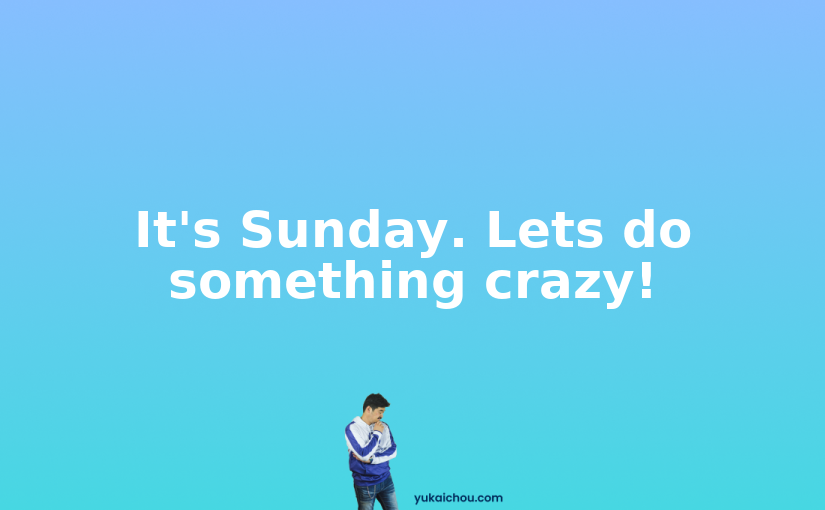
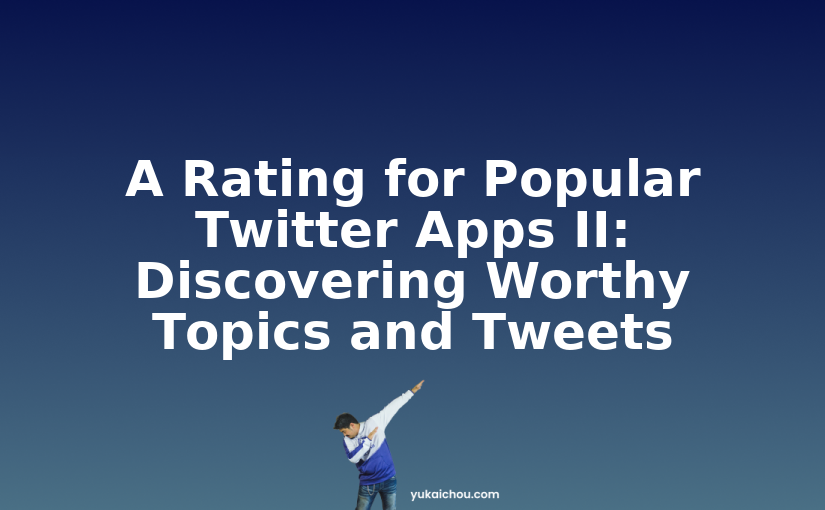

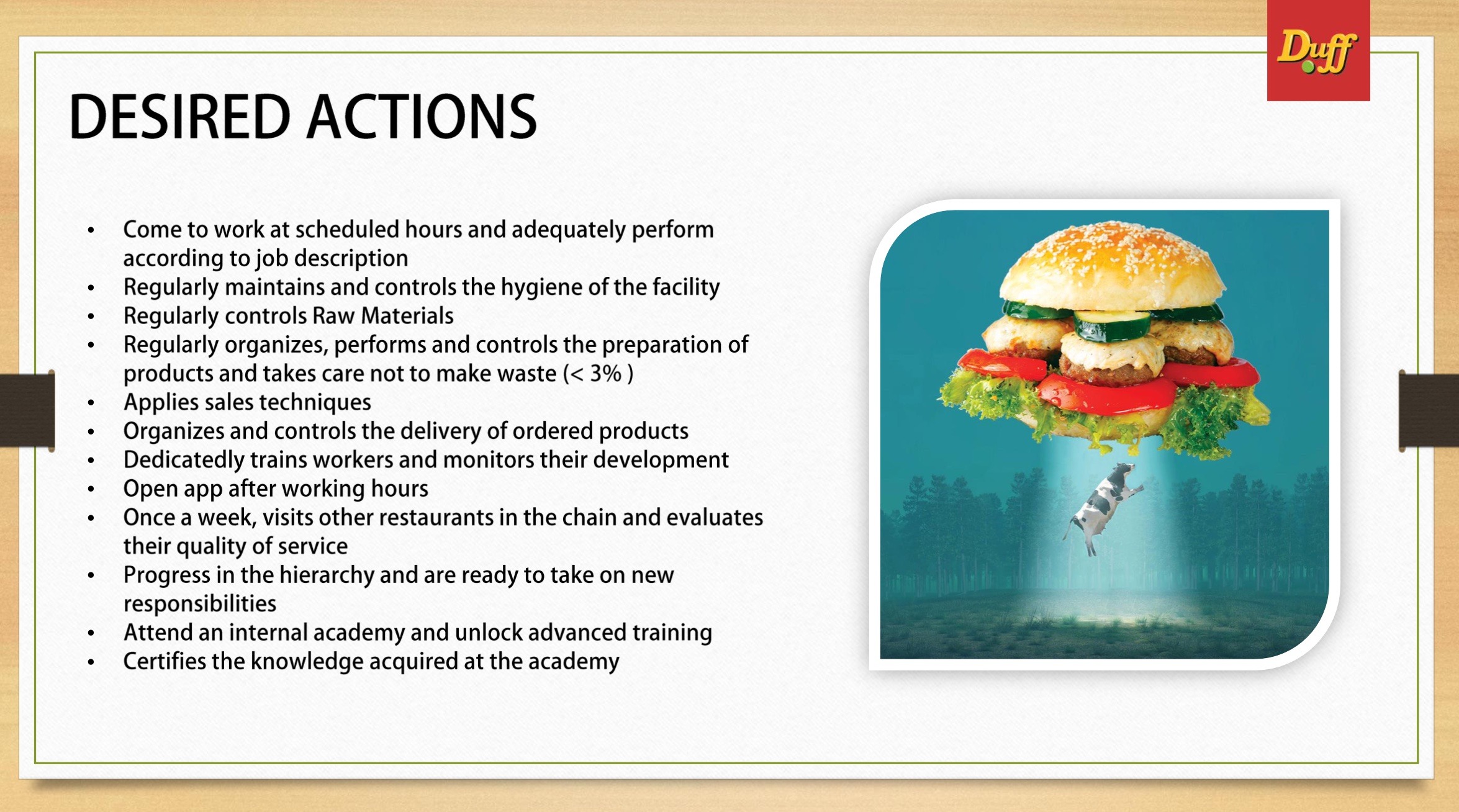
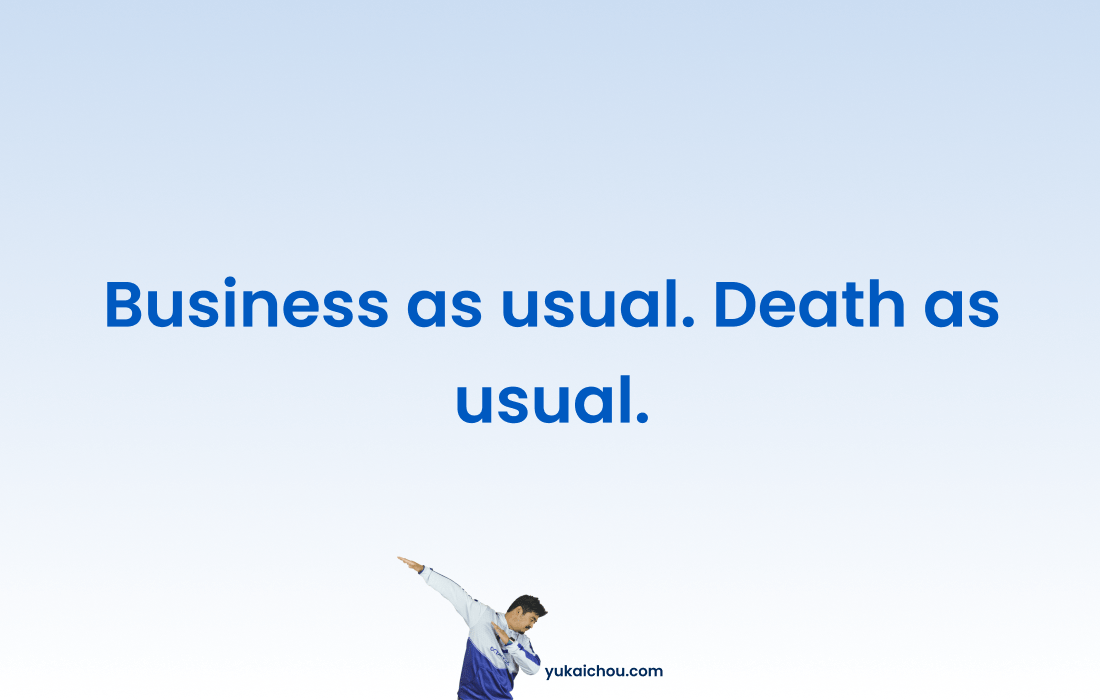
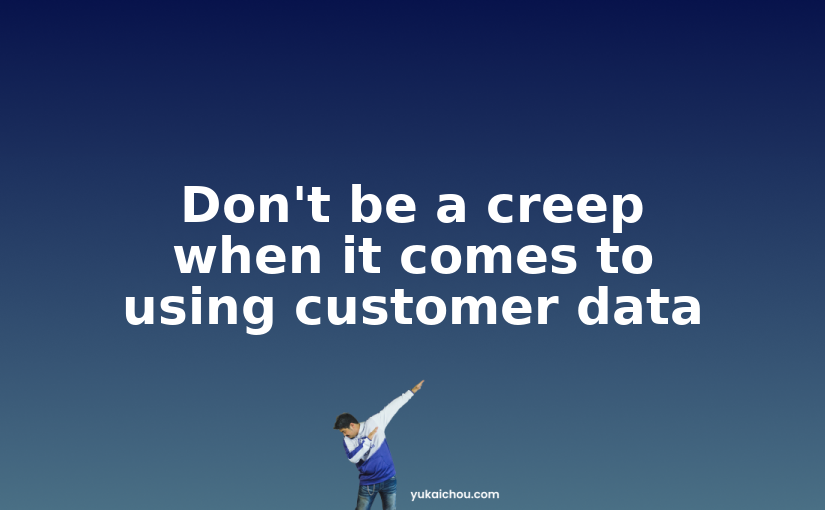
One response to “How to Add Development and Accomplishment into your Lifestyle Design: Lifestyle Gamification Examples 2/8”
A “To-Done” list. I like it. I cannot tell you how may times I’ve simply replaced my old to-do list with a new one. However, it is rewarding when I see things crossed off the list. At least with a “To-Done” list, you have an enduring legacy. 🙂